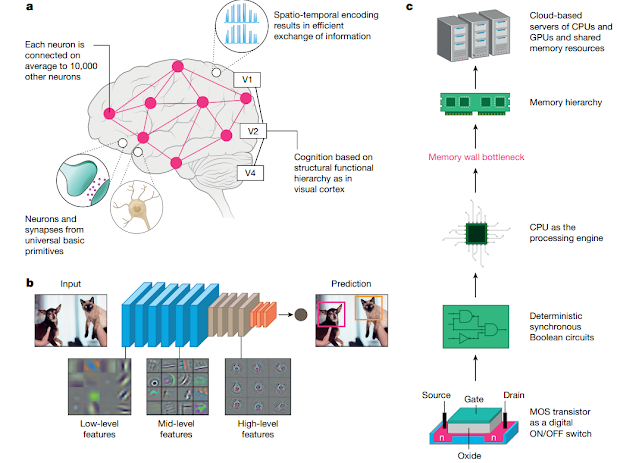The Taiwan Firm That Makes the World’s Tech Run

On the northwest coast of Taiwan sits the world’s most important company that you’ve probably never heard of. Taiwan Semiconductor Manufacturing Co ., or TSMC, is the world’s largest contract manufacturer of the semiconductor chips—otherwise known as integrated circuits, or just chips—that power our phones, laptops, cars, watches, refrigerators and more. Its clients include Apple, Intel, Qualcomm, AMD and Nvidia . Inside its boxy off-white headquarters in sleepy Hsinchu County, technicians in brightly hued protective suits—white and blue for employees, green for contractors and pink for pregnant women—push polished metal carts under a sallow protective light. Above their heads, “claw machines”—nicknamed after the classic arcade game—haul 9-kg plastic containers containing 25 individual slices, or “wafers,” of silicon on rails among hundreds of manufacturing stations, where they are extracted one by one for processing, much like a jukebox selecting a record. Only after...
